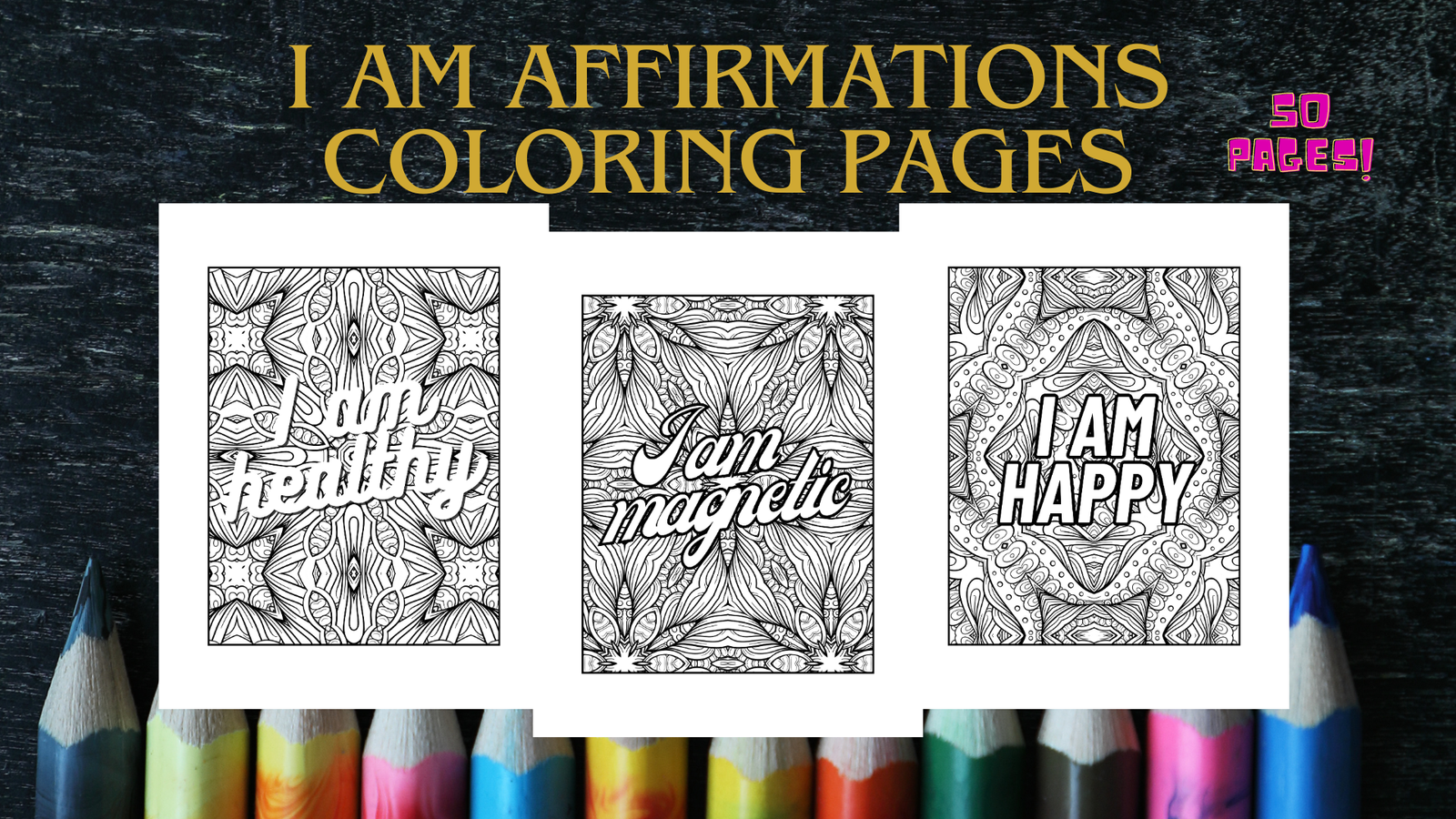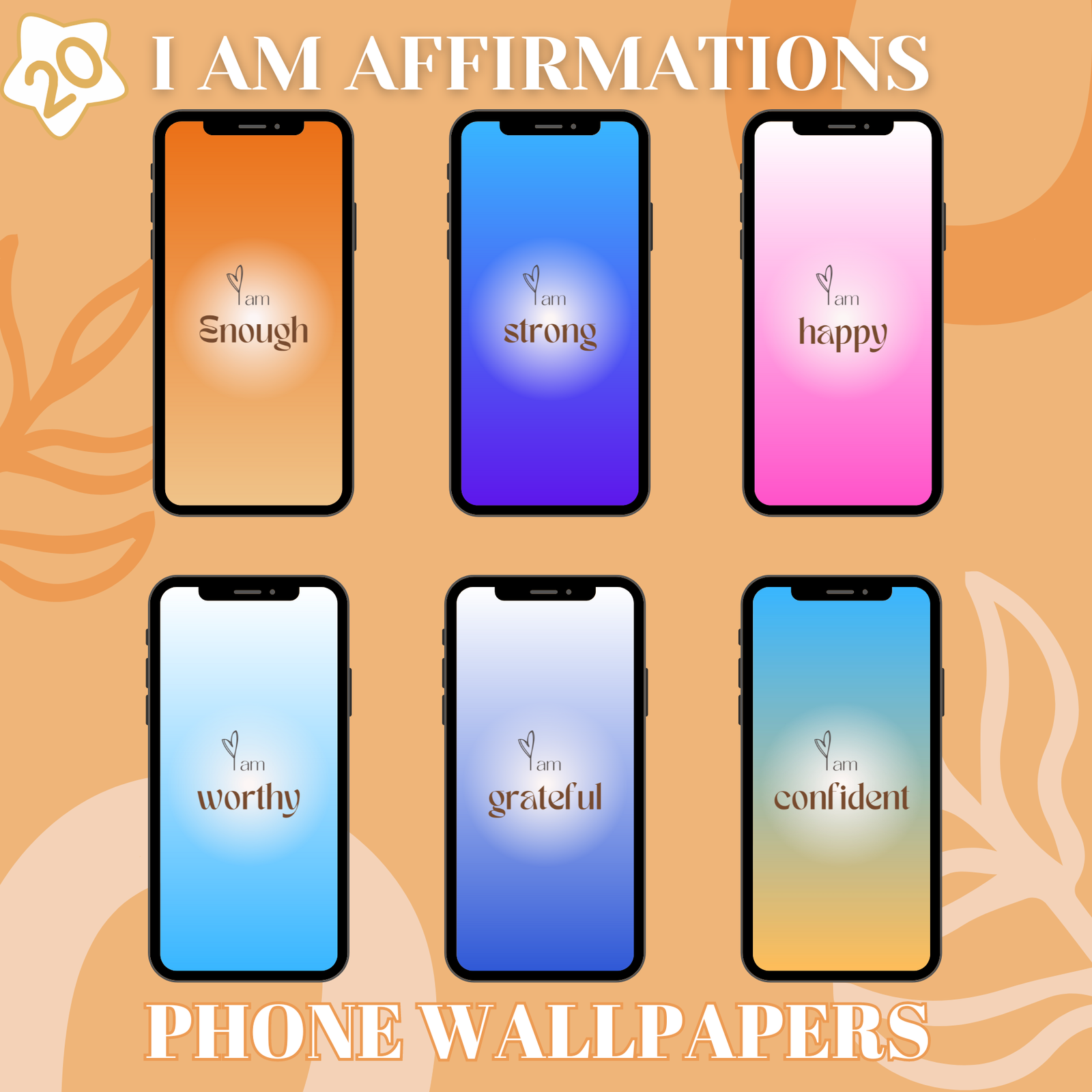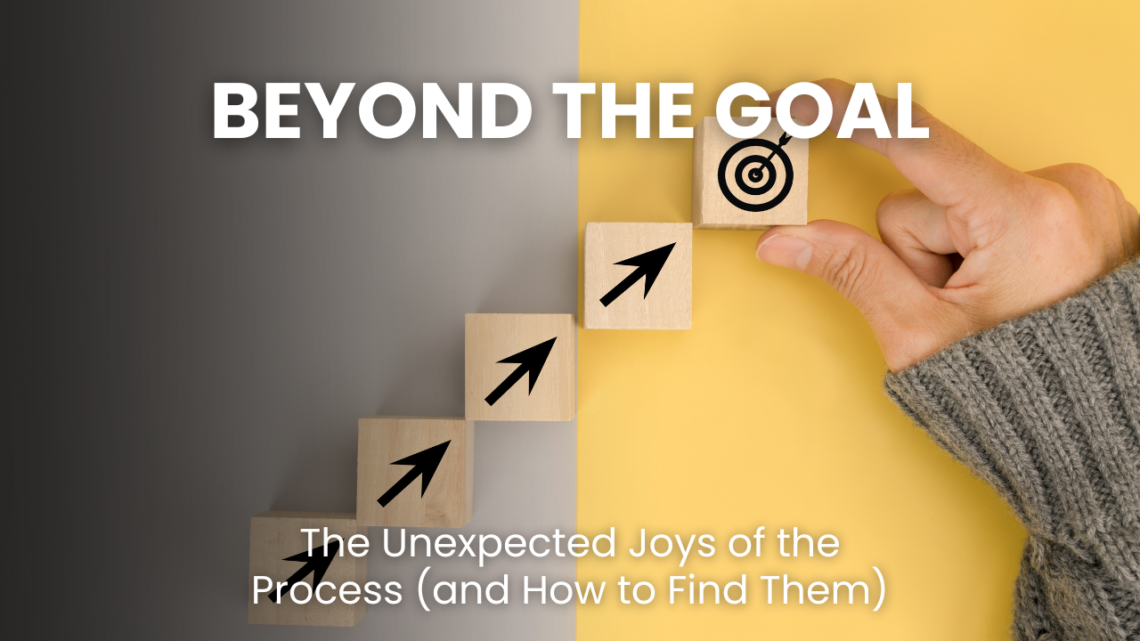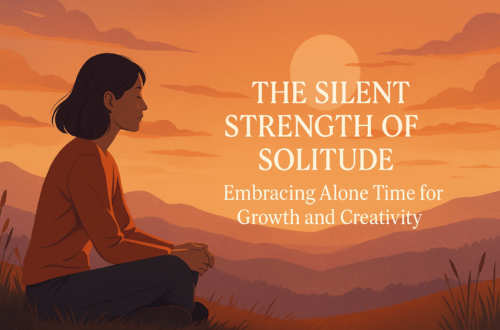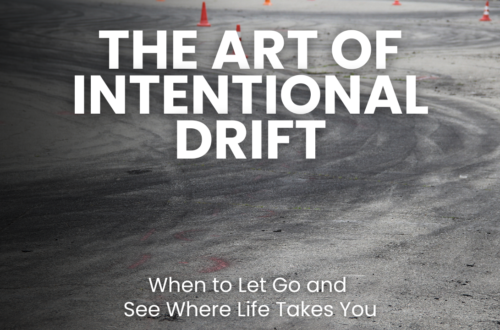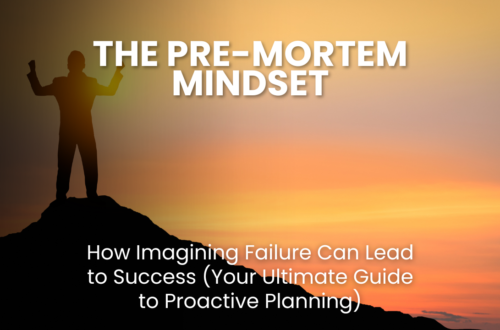In our relentless pursuit of success, it’s easy to become singularly focused on the finish line. We set ambitious goals – a dream career, a published novel, a healthier lifestyle, a thriving business – and pour our energy into reaching them. But what if, in our haste to arrive, we’re missing out on the richest part of the experience? What if the true gold isn’t just in the achievement, but in the intricate, often messy, and profoundly rewarding journey itself?
This isn’t to say goals aren’t important; they provide direction, motivation, and a sense of purpose. However, an exclusive focus on the end result can lead to a state of perpetual dissatisfaction, where happiness is always deferred until the next milestone. What happens if the goal takes longer than expected, or if unforeseen obstacles arise? What if, upon reaching it, the anticipated euphoria is fleeting, leaving us with a sense of “Is that all there is?”
The antidote lies in a fundamental shift in perspective: moving beyond the goal to embrace the unexpected joys of the process. This blog post delves deep into how we can cultivate appreciation, learning, and mini-celebrations within the daily grind of working towards any objective. We will explore practical strategies, psychological insights, and real-world examples to help you unlock the inherent richness of your journey, making the path to success not just bearable, but genuinely enjoyable.

The Problem with Goal-Oriented Happiness
Before we can fully appreciate the process, it’s crucial to understand why an exclusive focus on the outcome can be detrimental to our well-being and even our long-term success.
The “Arrival Fallacy”: This common cognitive trap describes the mistaken belief that once we achieve a certain goal, we will finally be happy, successful, or fulfilled. The reality is often far more nuanced. While there might be a burst of joy, it’s typically transient. Humans are remarkably adaptable, and what once felt like an insurmountable achievement soon becomes the new normal, prompting us to immediately set our sights on the next big thing. This creates a hamster wheel of striving, where true contentment remains perpetually out of reach.
Deferred Living: When all happiness is tied to a future outcome, we postpone living fully in the present. We tell ourselves, “I’ll be happy when I get that promotion,” or “I’ll relax when this project is over.” This mindset robs us of the beauty, learning, and growth happening right now. Life, in essence, becomes a waiting game.
Increased Pressure and Burnout: An intense focus on the end goal can create immense pressure. Every setback feels like a catastrophic failure, and every minor deviation from the plan can trigger anxiety. This relentless pressure can lead to burnout, exhaustion, and a diminished sense of enjoyment in the work itself. The journey, instead of being an exciting adventure, becomes a grueling march.
Missed Learning Opportunities: When we’re hyper-focused on the destination, we often overlook the valuable lessons embedded in the detours, mistakes, and challenges of the journey. These moments of struggle are often where the deepest learning and most significant personal growth occur. If we only see them as obstacles to be overcome, we miss their inherent educational value.
Loss of Intrinsic Motivation: If the only reward is external (the goal itself), our intrinsic motivation – the joy derived from the activity itself – can dwindle. We begin to see the work as a means to an end, rather than something inherently engaging or fulfilling. This can turn passionate pursuits into tedious chores.
The Power of Process: A Paradigm Shift
Shifting our focus from the end result to the journey isn’t about abandoning goals; it’s about rebalancing our perspective. It’s about recognizing that the process itself is a rich tapestry of experiences, opportunities, and discoveries. When we embrace the process, we unlock a multitude of benefits:
Sustainable Happiness: Instead of waiting for fleeting moments of joy tied to achievements, we cultivate a more consistent and sustainable sense of well-being. We find satisfaction in the daily tasks, the small victories, and the continuous growth.
Enhanced Resilience: When setbacks occur, they are viewed not as failures, but as integral parts of the learning curve. This perspective fosters greater resilience, allowing us to bounce back more quickly and adapt to unforeseen challenges.
Deeper Learning and Growth: The process becomes a continuous classroom. We pay closer attention to our methods, our mistakes, and our improvements. This iterative learning leads to more profound personal and professional development.
Increased Creativity and Innovation: Without the crushing pressure of a perfect outcome, there’s more room for experimentation, playful exploration, and innovative solutions. The process becomes a playground for ideas.
Stronger Intrinsic Motivation: When we find joy in the act of doing, our motivation becomes self-sustaining. We are driven not just by the desired outcome, but by the inherent pleasure and challenge of the work itself.
Richer Experiences: Life is lived in the present moment. By engaging fully with the process, we experience life more vibrantly, noticing details, appreciating efforts, and forming deeper connections with our work and those around us.
Cultivating Appreciation in the Daily Grind
So, how do we practically shift our focus and find joy in the process? It begins with cultivating a deeper sense of appreciation for every step of the journey.
1. Practice Mindful Engagement:
- Be Present: Instead of rushing through tasks, try to bring your full attention to what you’re doing. If you’re writing, focus on the flow of words; if you’re exercising, pay attention to your breath and body sensations. Mindful engagement transforms mundane activities into opportunities for connection and appreciation.
- Sensory Awareness: Engage your senses. What do you see, hear, smell, touch, and even taste (if applicable) as you work? Noticing these details grounds you in the present moment and can reveal unexpected beauty.
- Single-Tasking: Avoid multitasking. When you give one task your undivided attention, you not only perform it better but also allow yourself to fully experience and appreciate the nuances of that activity.
2. Reframe Challenges as Opportunities:
- Problem as Puzzle: Instead of viewing obstacles as roadblocks, reframe them as puzzles to be solved. This shift in perspective can transform frustration into intellectual curiosity and a sense of playful challenge.
- Learning from Mistakes: Every mistake is a data point. Instead of dwelling on errors, analyze what went wrong, identify the lesson, and adjust your approach. This iterative learning process is a core part of growth.
- Embrace Discomfort: Growth often happens outside our comfort zones. When you encounter discomfort, acknowledge it, and then lean into it. See it as a sign that you’re pushing boundaries and expanding your capabilities.
3. Develop a Growth Mindset:
- Believe in Your Malleability: Understand that your abilities and intelligence are not fixed. With effort and dedication, you can develop new skills and overcome challenges. This mindset fosters a love of learning and a willingness to persist.
- Focus on Effort, Not Just Outcome: Praise yourself for the effort you put in, regardless of the immediate result. This reinforces the value of hard work and perseverance.
- Learn from Others: See the success of others not as a threat, but as an inspiration and an opportunity to learn. Study their processes, not just their achievements.
4. Connect to Your “Why”:
- Revisit Your Purpose: Regularly remind yourself why you started this journey in the first place. What values are you upholding? What impact do you hope to make? Connecting to your deeper purpose imbues even tedious tasks with meaning.
- Intrinsic vs. Extrinsic Motivation: While external rewards are nice, tap into your intrinsic motivation – the inherent satisfaction you derive from the activity itself. Do you enjoy the act of creating, solving problems, or helping others?
Embracing Learning as a Continuous Process
The journey is a perpetual classroom, offering an endless curriculum of lessons. By consciously embracing learning, we transform our daily grind into an enriching educational experience.
1. Cultivate Curiosity:
- Ask “Why” and “How”: Don’t just do things; seek to understand the underlying principles and mechanisms. Why does this method work? How can I improve this process?
- Explore Beyond the Immediate Task: If you’re working on a project, delve into related topics, research different approaches, or learn about the history and context of your field. This broadens your understanding and makes the work more interesting.
- Stay Open to New Information: Be receptive to new ideas, even if they challenge your existing beliefs. The world is constantly evolving, and so should your knowledge.
2. Document Your Journey:
- Keep a Journal or Log: Regularly jot down your progress, challenges, insights, and moments of inspiration. This creates a tangible record of your journey and allows you to see how far you’ve come.
- Track Your Learning: Make a conscious effort to identify new skills acquired, concepts grasped, or problems solved. This helps you recognize your growth and reinforces the value of the process.
- Create a “Lessons Learned” File: When you make a mistake or overcome a challenge, document the lesson learned. This serves as a valuable resource for future reference and prevents you from repeating the same errors.
3. Seek Feedback and Reflection:
- Actively Solicit Feedback: Don’t wait for feedback; ask for it. Seek constructive criticism from mentors, colleagues, or trusted friends. View feedback as a gift – an opportunity to learn and improve.
- Regular Self-Reflection: Dedicate time to reflect on your progress, your methods, and your mindset. What went well? What could be improved? What did you learn today?
- Analyze Your Strengths and Weaknesses: Understand where you excel and where you need to develop. This self-awareness is crucial for targeted learning and growth.
4. Embrace the Iterative Nature of Progress:
- Understand that “Done is Better than Perfect”: Striving for absolute perfection can be paralyzing. Instead, focus on completing a workable version, getting feedback, and then iterating to improve. This agile approach speeds up learning.
- Prototype and Test: If applicable, create small prototypes or test ideas before investing significant resources. This allows for rapid learning and course correction.
- View Setbacks as Iterations: A “failure” isn’t an end point; it’s just another iteration in the process. Learn from it and try again with new insights.
The Art of Mini-Celebrations: Honoring Progress
While the ultimate goal deserves recognition, the journey is paved with countless smaller victories that often go unnoticed. Learning to celebrate these mini-milestones is critical for maintaining motivation, reinforcing positive habits, and fostering a sense of continuous achievement.
1. Define Your Micro-Milestones:
- Break Down Big Goals: Divide your overarching goal into smaller, manageable chunks. Each chunk, when completed, becomes a mini-milestone worthy of celebration. For example, if you’re writing a book, finishing a chapter, outlining a section, or even completing a certain word count can be a milestone.
- Process-Based Milestones: Focus on celebrating the completion of specific processes rather than just outcomes. For instance, instead of waiting for project completion, celebrate submitting a draft, successfully running a new process, or mastering a new skill.
2. Make Celebrations Meaningful (But Not Excessive):
- Tailor to the Achievement: The size of the celebration should be proportionate to the size of the milestone. A small victory might warrant a five-minute dance break, while a larger one could justify a nice meal or a small treat.
- Non-Material Rewards: Not all celebrations need to be material. A moment of quiet reflection, sharing your progress with a loved one, or simply acknowledging your effort can be incredibly rewarding.
- Avoid Sabotaging Future Progress: Be mindful that your celebrations don’t undermine your long-term goals. For example, if your goal is health-related, celebrating with an unhealthy splurge might be counterproductive. Find healthy and aligned ways to acknowledge your progress.
3. Integrate Celebrations into Your Routine:
- Schedule Them: Just as you schedule work tasks, schedule your mini-celebrations. This ensures they don’t get overlooked in the daily rush.
- Automate if Possible: For very small, frequent milestones, you might even find ways to semi-automate recognition. For example, a productivity app that gives you a small cheer for completing a task.
- Public (or Private) Recognition: Share your mini-victories with a trusted friend, family member, or mentor. The act of vocalizing your achievement can amplify its positive impact. Alternatively, simply taking a moment for private acknowledgment is powerful.
4. Reflect and Appreciate:
- Pause and Acknowledge: After reaching a mini-milestone, consciously pause and acknowledge your effort and progress. Don’t immediately jump to the next task.
- Review Your Journey: Look back at where you started and how far you’ve come. This helps reinforce the sense of accomplishment and builds momentum.
- Gratitude Practice: Express gratitude for the opportunity to work towards your goal, for the lessons learned, and for the progress made.
Real-World Examples: Embracing the Process
To illustrate the power of embracing the process, let’s consider a few real-world scenarios:
The Aspiring Novelist:
- Goal-focused: Only feels good when a chapter is finished or the manuscript is accepted. Faces immense pressure with writer’s block, leading to frustration and potential abandonment.
- Process-focused: Celebrates daily word count goals, the act of putting words on the page, even if they’re imperfect. Appreciates the learning curve of storytelling, character development, and world-building. Finds joy in the act of creation itself. Sees edits not as failures, but as opportunities to refine and strengthen the narrative. The joy comes from the consistent engagement with the craft.
The Fitness Enthusiast:
- Goal-focused: Only happy when a certain weight is hit or a race is completed. Demotivated by slow progress or plateaus.
- Process-focused: Celebrates consistent workouts, mastering a new exercise, feeling stronger, or experiencing improved energy levels. Appreciates the daily discipline, the physical sensations of movement, and the learning about their body. Finds joy in the routine, the challenge, and the gradual improvement, regardless of the number on the scale.
The Entrepreneur Building a Startup:
- Goal-focused: Only finds satisfaction when funding is secured or a major revenue target is met. Every setback feels like a potentially fatal blow.
- Process-focused: Celebrates successful customer interactions, learning from market feedback, iterating on product features, or building a strong team culture. Appreciates the problem-solving, the networking, and the continuous learning involved in scaling a business. Finds joy in the daily grind of innovation, adaptation, and creating value, even amidst uncertainty.
Practical Strategies for Embedding Process-Centricity
Beyond the general principles, here are actionable strategies you can implement today to find more joy in your journey:
1. Create a “Process Playlist”: Develop a set of routines or habits that make the act of working on your goal more enjoyable. This could be a specific type of music, a dedicated workspace, a ritualistic coffee break, or a pre-work stretching routine. These small rituals can signal to your brain that it’s time to engage and make the process more pleasant.
2. Focus on “Inputs” Not Just “Outputs”: While outputs (results) are important, also track and celebrate your inputs (effort, consistent action). For example, if your goal is to write, celebrate logging 2 hours of writing, not just finishing a chapter. If it’s fitness, celebrate showing up to the gym, not just lifting a certain weight. This shifts your focus to what you can control – your effort and dedication.
3. Gamify Your Process: Turn elements of your work into a game. Create a points system for completing tasks, use a habit tracker to visually mark off completed activities, or set small challenges for yourself within your workflow. This can inject an element of fun and friendly competition (even if it’s just with yourself).
4. Implement the “Pomodoro Technique” (or similar focus methods): Working in focused, timed bursts (e.g., 25 minutes of work, 5 minutes break) can make tasks feel less daunting and more manageable. The short breaks provide mini-moments of relief and “reset,” preventing burnout and allowing you to re-engage with renewed energy.
5. Practice “Beginner’s Mind”: Approach each task as if you were doing it for the very first time. This fresh perspective can help you notice details you might otherwise overlook, spark new ideas, and make familiar tasks feel more engaging and less monotonous.
6. Find a “Process Buddy”: Connect with someone who is also working on a long-term goal. Share your daily struggles and mini-victories. Having someone to acknowledge your process, offer encouragement, and share insights can make the journey feel less solitary and more enjoyable.
7. Celebrate “Flearning”: Coin a new term for “failing and learning.” When something doesn’t go as planned, acknowledge the attempt, extract the lesson, and celebrate the learning itself. This reframes setbacks as valuable growth opportunities.
8. Disconnect from Outcome Pressure Periodically: Schedule specific times where you work on your goal purely for the love of the activity, without any thought of the end result. This could be a “play session” with your craft, an experimental day, or simply a period of pure exploration. This helps re-ignite intrinsic motivation.
9. Create a “Progress Wall”: Visually track your progress on a whiteboard, a large sheet of paper, or a digital dashboard. Seeing the visual accumulation of your efforts can be incredibly motivating and helps you appreciate the journey.
10. Practice Gratitude for the Opportunity: Take a moment each day to be grateful for the ability to work on your goal, for the resources you have, and for the skills you are developing. Gratitude shifts your focus from what’s lacking to what’s abundant.
The Long-Term Impact: A Life Well-Lived
Embracing the unexpected joys of the process isn’t just about making the journey to a goal more pleasant; it’s about fundamentally reshaping your relationship with work, challenges, and life itself. When you learn to find fulfillment in the daily grind, you unlock a sustainable source of happiness that isn’t dependent on external validation or future achievements.
This shift fosters a mindset of continuous growth, resilience, and appreciation. It transforms you from someone perpetually chasing the next big thing into someone who savors every step of the adventure. It allows you to build a life rich in meaning, where challenges are welcomed as teachers, and every day holds the potential for discovery and small triumphs.
Ultimately, the goal may change, you may achieve it, or you may pivot to something new. But the capacity to find joy in the process, to learn from every experience, and to celebrate the continuous effort – that is a skill that will serve you across all endeavors, ensuring a more fulfilling and well-lived life, far beyond any single destination.
So, the next time you embark on a goal, remember to look beyond the finish line. Open your eyes to the unexpected joys of the process. For it is there, in the daily effort, the small victories, and the continuous learning, that the true magic of achievement resides. Embrace the journey, and you will find that happiness isn’t just a destination, but a constant companion along the way.
Enhance Your Journey with These Empowering Tools
As you embrace change and navigate life’s transitions with the help of affirmations, it’s important to equip yourself with tools that support your growth and well-being. From affirmation card decks to self-care essentials, the right products can help reinforce your positive mindset and create a nurturing environment for personal transformation.
Below are some carefully selected items that can complement your affirmation practice, making it easier to stay focused, resilient, and mindful throughout your journey :
- 30.48 cm 15-Note Steel Tongue Drum D Key Percussion Instrument Cornices Shape Handpan Drum With Drum Mallets Carry Bag And Music Book, Used For Music Education Concert Spiritual Healing Yoga Entertainment 👉 item link
- Messages of Life Inspiration Cards – 44-Card Deck with Guidebook for Positive Affirmations & Spiritual Growth, Durable Paper Material, Ideal for Ages 14 & Up – Motivational Oracle Card Game 👉 item link
- Deck of Emotions Playing Cards – 54 Card Set for Mental Health, Family Bonding, Party Fun – Christmas, Halloween, Easter, Hanukkah, Thanksgiving – Ideal Gift for Birthday, Aesthetic Home Decor – Paper Material, No Electricity Needed 👉 item link
- 1pc Self-Care English Cover Star Moon Multicolored Optional Record 5 Minutes A Day, For Learning Supplies, Notebook, Library, More Affirmations Reflections, Optimistic, Happy, Simple Undated Hardcover 👉 item link
- 3pcs Wooden Framed Canvas Poster, Modern Art, Inspirational Canvas Painting, Ideal Gift For Bedroom Living Room Corridor, Wall Art, Wall Decor, Winter Decor, Room Decoration 👉 item link

